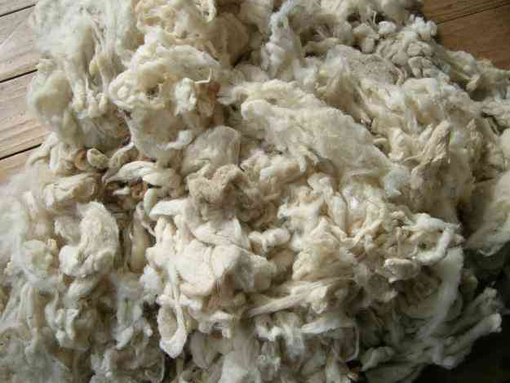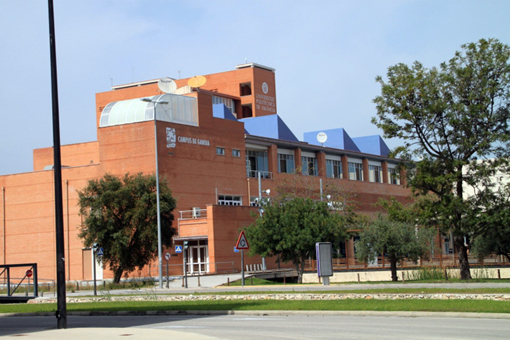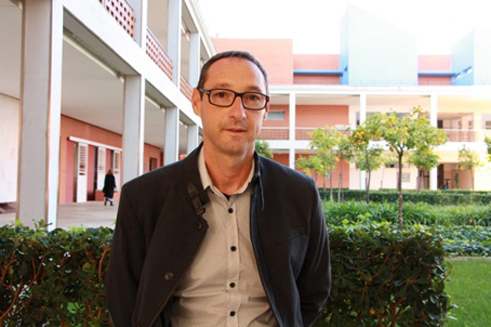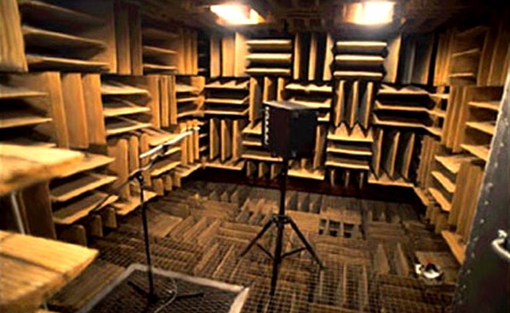Effectively, Valencian (from Valencia, east of Spain)and Italian researchers have developed a new ecological acoustic and thermal insulation, for buildings, from sheep wool, a product of great performance, that increases the capacity of absorption of the humidity, up to 33%, and optimizes the resistance to insects and the fire.

Sheep wool
The product is the result of the European project “Wool4build”, led by a tanning company and co-financed by the European Commission. Researchers from the Campus of Gandía of the Universitat Politècnica de València (UPV) also participated in its development, the AITEX Textile Technology Institute, the construction company ACR and the Italian Envipark, according to EFE sources told the UPV.

Campus of Gandia of the UPV
The main objective of Wool4build has been the development of a sustainable product, for the insulation of buildings, based on the residues of hair and wool, that is produced in the fur industry.
According to Jesús Alba, a researcher at the Campus of Gandía of the UPV, who has participated in the project, sheep wool is an excellent natural material with "very good characteristics of thermal insulation, moisture management and noise absorption". "However, because of its natural origin, the homogeneity of the fibers can not be controlled", explains the scientist, adding that each fiber of hair or wool "can come from different sheep, races or skin areas and then have different characteristics".

Jesus Alba
After thirty months of work, the project team has succeeded in increasing the acoustic and thermal insulation capacity of materials, generated from wool waste.
According to Romina del Rey, researcher at the campus of Gandía of the UPV, the two types of insulation wool developed "have average absorption values, according to the Technical Building Code, very competent with the wool, already consolidated in the market".

Romina del Rey
The project has allowed to increase the capacity of absorption of the humidity up to 33%, increasing the sensation of comfort, as well as to optimize additional characteristics like the resistance to insects and fire, mechanical resistance, adaptability and lightness, good handling and recycling of the material.
"We have developed a product with a low environmental impact, which can replace materials that are not recyclable or obtained with little efficient processes, from the energy point of view, such as polymer materials, inorganic glass or mineral wool", said Hugo Segarra, Tecnician of quality of R & D, in Inpelsa, and responsible for the project.

Hugo Segarra
Segarra said that a product has been achieved that adds "value to materials, that are a waste in companies of the fur industry, so that opens a new line of business, for companies in the sector".
The verification of the acoustic insulation capacity of the new material has been carried out in the laboratories of the Campus of Gandía of the UPV, which have a camera "anechoic and reverberant of first level", according to the sources.

Anechoic camera
According to Romina del Rey, the results of the acoustic validation show an environmentally friendly alternative, as a part of acoustic and thermal solutions, in building. "We have obtained materials, that technically meet the needs of different construction solutions, especially in solutions for vertical separation elements, dividings or partition walls", she added.
In addition, the quantities of pollutants such as CO2 emitted into the atmosphere during their manufacture, as well as the energy consumed throughout the manufacturing-transport chain, are significantly reduced in the face of the absorbent wools, conventionally used as acoustic and thermal solutions.
Well, I hope that you have liked this article.
Until my next post, kind regards,
Luis.
Sponsored by Costaluz Lawyers.
Please click below:
